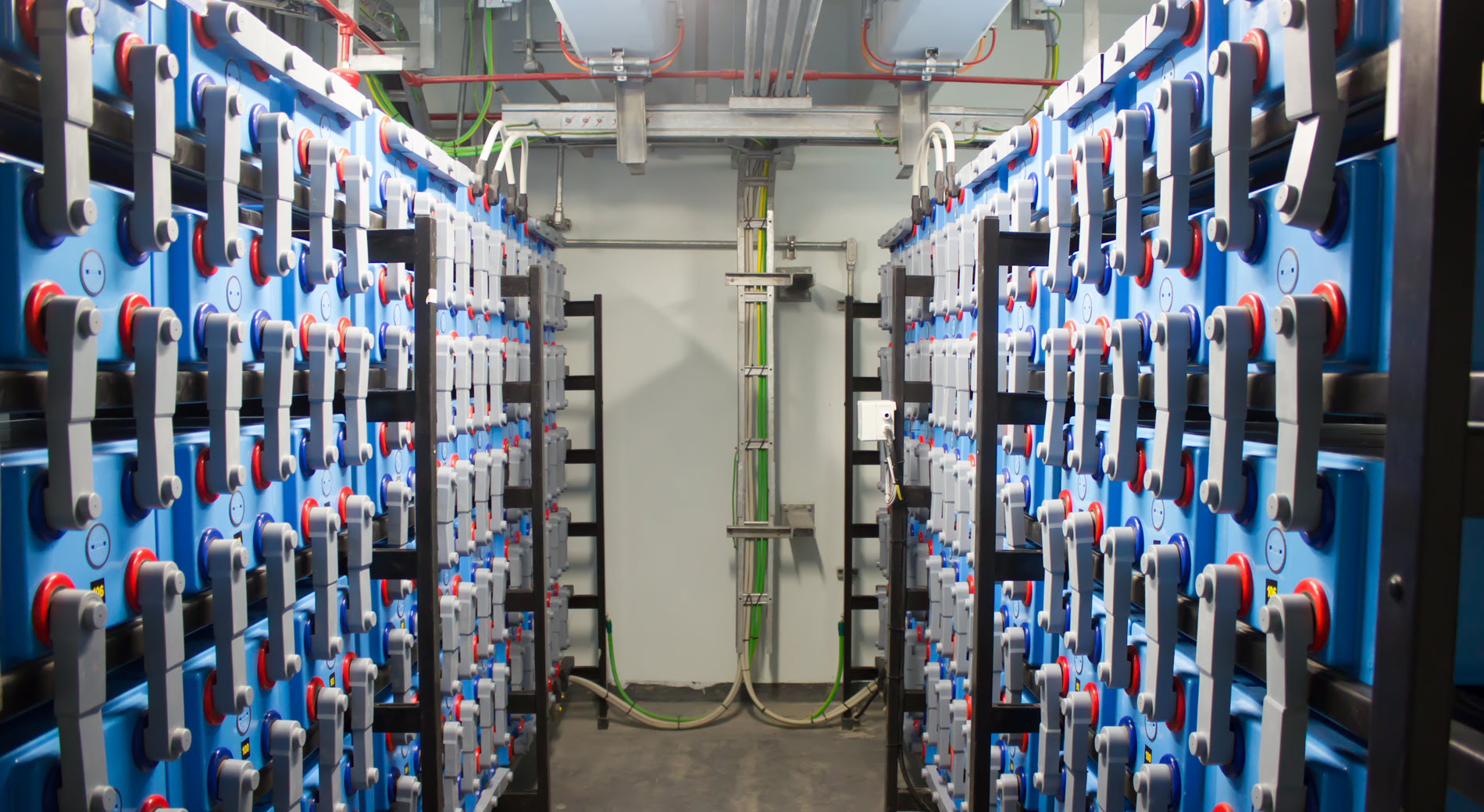Data centers are most often viewed as environmental villains – power-hungry behemoths devouring electricity, spewing carbon, and draining water supplies, but as the digital economy and AI revolution grow, so too do the opportunities to reimagine the roles of data centers. Instead of environmental horrors, data centers are fast becoming champions of environmental sustainability through innovative technologies, regulatory developments, and partnerships.
Currently, data centers consume between 1 and 1.5% of global electricity, with their impact expected to grow substantially over the next decade. Servers run non-stop, requiring a steady stream of electricity to power them and water to cool them. That electricity is often powered by fossil fuels. Servers burn out or become obsolete in a few short years.
Environmentally minded lawyers, politicians, and business people view this as an opportunity.
Data center operators enter into power purchase agreements with local utilities, aiming for net-zero or carbon negative operations. Co-located renewable energy operators are finding that data centers are excellent direct consumption customers and data center operators are finding that renewable energy operations offer consistent, dedicated energy in a form that is environmentally friendly and less impactful on local communities.
Servers produce immense amounts of heat (think of the heat coming from that laptop sitting on your legs). These servers are often cooled by air conditioning (electricity) and water, which can tax local electricity and water resources. New technologies are making cooling more efficient.
AI programming, the very thing these data centers often power, can be used to dynamically adjust cooling and power placement throughout a project. Full immersion and direct to chip cooling can use liquid cooling methods similar to water to fully immerse a server rack into a particular type of liquid that absorbs heat more efficiently than conditioned air or to pass liquid coolant directly onto a cold plate sitting atop a server motherboard to draw off heat. Chilled water loops perform similarly, directly sinking waste heat from servers into water pipes directed to server racks rather than by means of centralized air conditioning. The water can then be recycled through the system in a closed loop for more efficient water consumption.
And if reducing the heat at the source more efficiently isn’t enough, some data center operators are providing waste heat to the local communities in which they operate, effectively cutting heating bills and reliance on fossil fuels to heat local homes and buildings. In one instance, an Amazon data center in Dublin saves an estimated 1,400 tons of carbon dioxide emissions annually and heats more than 505,000 square feet of local public buildings.
Hearing local and environmental activist concerns, governments are introducing regulatory schemes to pressure data center operators to think green. The EU has introduced its Energy Efficiency Directive, which mandates that data centers requiring over 500kW in power must report certain information relating to energy performance metrics on an annual basis. Some U.S. states have tied tax incentives to the use by data centers of renewable energy and energy-efficient infrastructure. China has even started the Green Data Center initiative in an attempt to encourage data center operators to lower their power usage effectiveness to under 1.5 by this year (2025) and to increase data center of renewable energy by 10% annually.
Some reports show that electricity demand from 2020 may double by 2050. Data centers will not be the sole reason for such growth but they will play their part and it is not a small one. Nevertheless, it is these data centers that will power the next wave of innovation, allowing for more efficient transportation through smart traffic AI, manufacturing through predictive maintenance and robotics, agriculture through precision farming and climate modeling, and energy production through smart grids and load balancing. Already data center operators are heeding the calls from constituents and policy makers as they create innovative ways of offsetting, reducing, or reusing the energy they consume. As the industry develops, it stands to reason these innovations will improve and the use of AI and large compute power will help usher in more efficiencies at the production and consumer levels.



